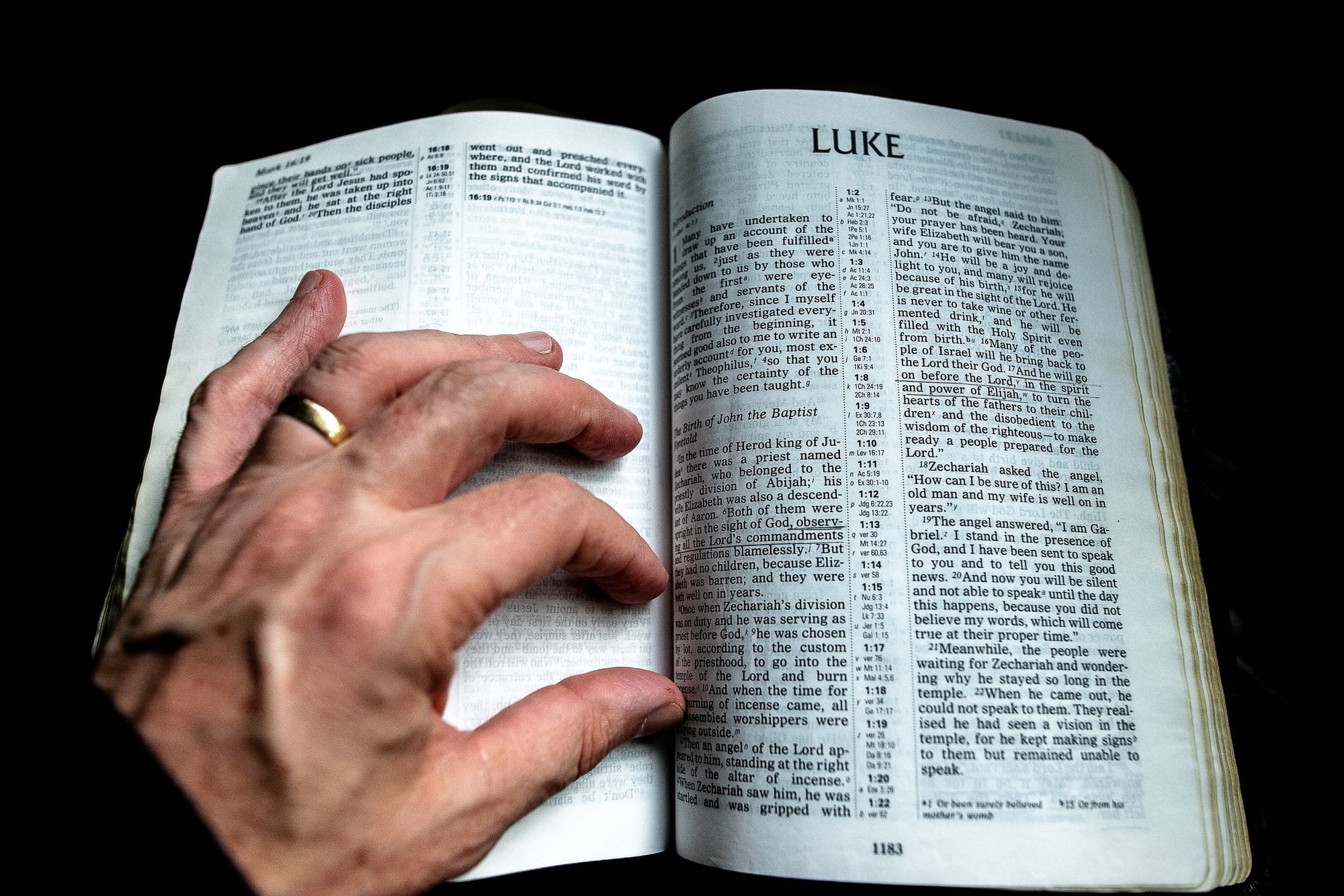Prologue

Salvation
When I reviewed these 13 chapters, I realized how the LORD also used Nehemiah’s principals to reveal His plan of salvation. It made me wonder . . . are there as many plans of salvation as there are churches? Does it matter if we follow Christ in the way the Calvary Church teaches, or the Baptist or Assembly of God or Methodist? How many different ways can we be saved? Is there a chance we might miss a step; thereby missing our chance to get into heaven? Not every person or church agrees with the why, when, and how of the doctrine of salvation, but Jesus simplified it when He told His disciples:
(Mark 16:15) “Go into all the world and preach the gospel to every creature. He who believes and is baptized will be saved; but he who does not believe will be condemned.” Also (Luke 24: 46) “Thus it is written, and thus it was necessary for the Christ to suffer and to rise from the dead the third day, and that repentance and remission of sins should be preached in His name to all nations, beginning at Jerusalem.”

Luke’s Focus on the Resurrection
Before we end this study, read Luke 24 carefully. Read it more than once; read it three times because three times the followers of Christ are told that it was necessary for the Christ to suffer at the hands of sinful men and be crucified and rise on the third day.
First, the women at the tomb were perplexed when they saw the stone had been removed. Suddenly two men in shining garments stood by them. The men asked the women, “Why do you look for the living among the dead? He is not here, but is risen!” They reminded the women that Jesus had told them before His arrest, that this was going to happen. The women said they remembered, and off they ran to tell the other disciples. Unfortunately, the disciples, sitting around depressed and fearful, thought the women were just babbling. Peter, however, jumped up and ran to investigate. He, too, wasn’t convinced Jesus had risen. Even when he saw the folded linen, and empty tomb, he marveled, trying to figure out what happened to the body of His LORD.
Second, when Jesus joined Simon and Cleophas on the road to Emmaus, He asked them why they were so sad. After they told the “stranger” about the death of Jesus, whom they had hoped would redeem Israel, Jesus explained why “these things” had to happen. (Luke 24:27) “Beginning at Moses and all the Prophets, He expounded to them in all the Scriptures the things concerning Himself.” Jesus, incognito, was talking about Himself, yet the two men had no clue who this stranger was. Once they arrived at their destination, they invited Him to stay and eat. When Jesus broke and blessed the bread, immediately they knew who He was. Then He vanished. The men hurried to Jerusalem to find the disciples and tell them. At the same time, Jesus appeared in the midst of the disciples Jesus and had to convince them that He was flesh, and not spirit. “Why are you troubled?” He asked, “And why do doubts arise in your hearts?”
For the third time, He shared with His followers why He had to suffer. He told them, “That all things must be must be fulfilled which were written in the Law of Moses and the Prophets, and the Psalms. And He opened their understanding, that they might comprehend the Scriptures.”

Luke 24:45 didn’t say, ”He opened their minds,” because the mind is a finite thing, but “He opened their understanding.” And from understanding, came comprehension, and from comprehensive, joy. Sometimes we limit ourselves by our own interpretation of the Scripture; sometimes others will try to limit us through their false interpretation of the Scriptures. So, the next time, before you begin reading Scripture, pray and ask the Holy Spirit for understanding.
“He said to them, ‘Thus, it is written, and thus it was necessary for the Christ to suffer and to rise from the dead the third day, and that repentance and remission of sins should be preached in His name to all nations, beginning in Jerusalem. And you are witnesses of these things.’”



